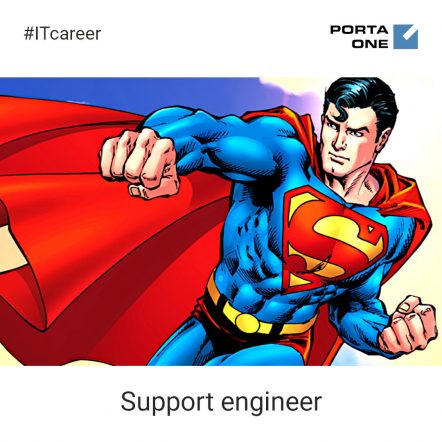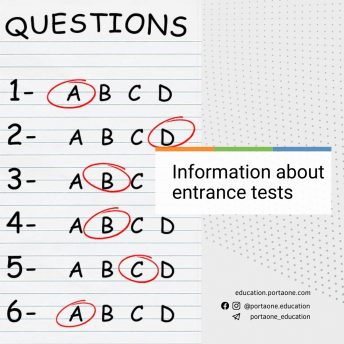No product company can imagine itself without support engineers. These are superheroes who are at any time ready to help a customer. Moreover, support engineers have a great impact on the way the product develops. Interacting with the customers, they are constantly in the “front line” and, unlike the developers they know how everything works in reality.
Actually, the maintenance engineer is a person who is located somewhere between a developer and a customer. His job is to process requests from users and either solve the problem on their own or send it to those departments that can solve it. This is a rare specialty in IT, where communication skills are as important as technical knowledge (especially in the beginning). Support engineers have to communicate a lot with customers, find out what the problem is and what led to it.
Accordingly, a support engineer can build his/her position not only vertically in the whole support service, but also horizontally in two ways: either by gaining a deep insight into a product (devops, developer, QA-specialist), or by communicating with a customer (project manager, sales manager, business analyst). PortaOne has a number of outstanding examples of career growth, starting from the position of technical support engineer and ending up as Senior Business Analyst, Head of IT support, Head of Development, Head of Project Management.
You can distinguish five levels in the profession. The division is quite arbitrary, because all companies have their own peculiarities. In general, the division into levels is not about career growth, but rather about the positioning on the axis between a customer and a core of the product:
Zero level (a call center). The main task at this level is to clarify the request and send it to the person who deals with it. Minimum of technical knowledge, maximum communication.
Level 1. At the first level of support, you need to be able to sort out your incoming requests correctly, independently cope with easy tasks and forward more complicated ones to experienced colleagues (or other departments). In fact, this level requires knowledge of the product and technology.
Career advancement: support management, business analytics or QA.
Level 2. The elite support. Second-level support engineers have the most complete understanding of the product from both the customer’s and the developer’s point of view. This is where they solve the issues which couldn’t be handled at the 1st level. They also conduct training sessions for customers. As a rule, the support engineers have access to the customers’ systems as well as to the internal systems of bug tracking (bug tracker, backlogs).
Career advancement: Technical Pre-Sales Engineer, Product Trainer, and sometimes third level support engineers.
Level 3. At this level the communication with customers is very limited. Requests do not come directly from customers, but from support engineers of other levels. Accordingly, a support engineer
- gives recommendations on how to solve the issue (if it is already known and the procedure of fixing it is documented)
- can ask for more information, or
- makes a conclusion that the cause of the issue is in the product itself and informs a developer about it.
Career advancement is primarily horizontal. Support engineers at this level simply develop their skills, and then move to similar positions (with a pay raise).
Level 4. A support engineer of this level is a person who has a profound knowledge of the product (in some companies these can be people who wrote the product code). The task at this level is to quickly fix the critical issue in the system, which has already reached the users. Actually, you cannot hire an outside expert at this level, you can only raise them within the company.
Career growth: the most obvious option is the architect of the project.
After completing our courses, even those who had no experience in IT, are able to apply for the position of a second level support engineer. So, it takes 4-5 months to learn a new profession from scratch and start a new promising career.




